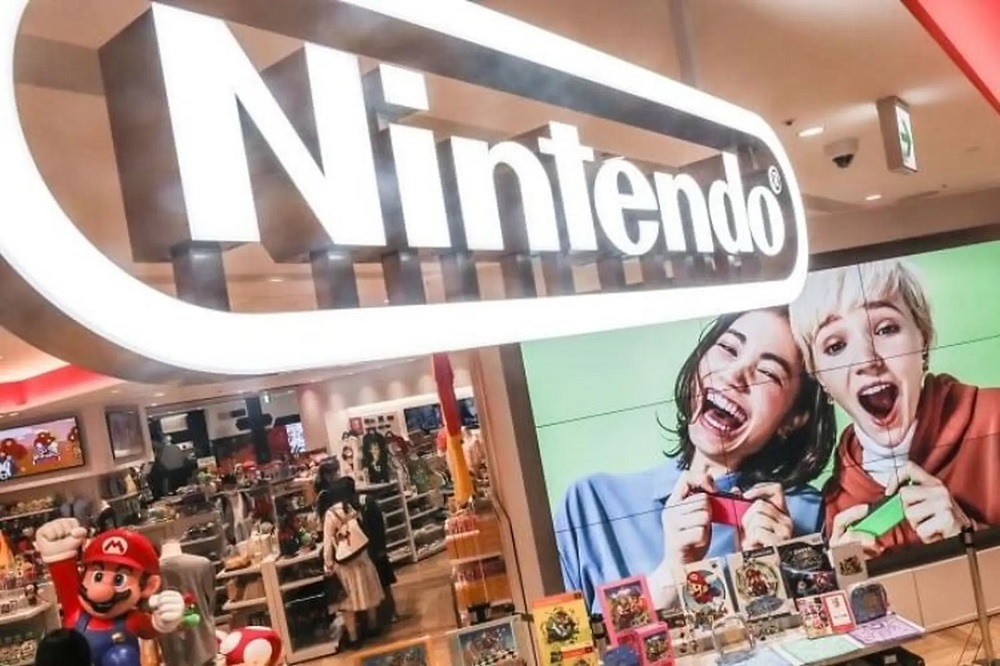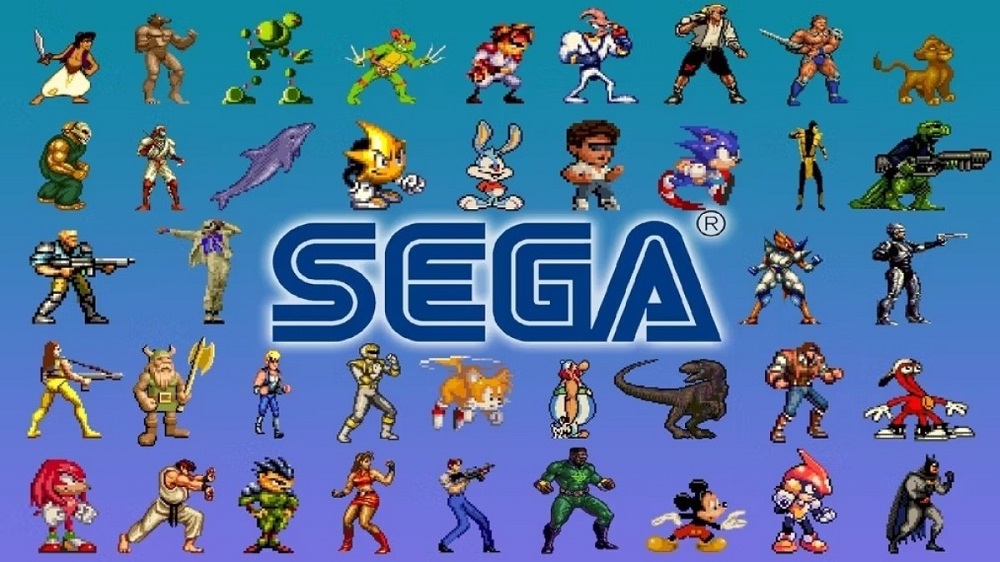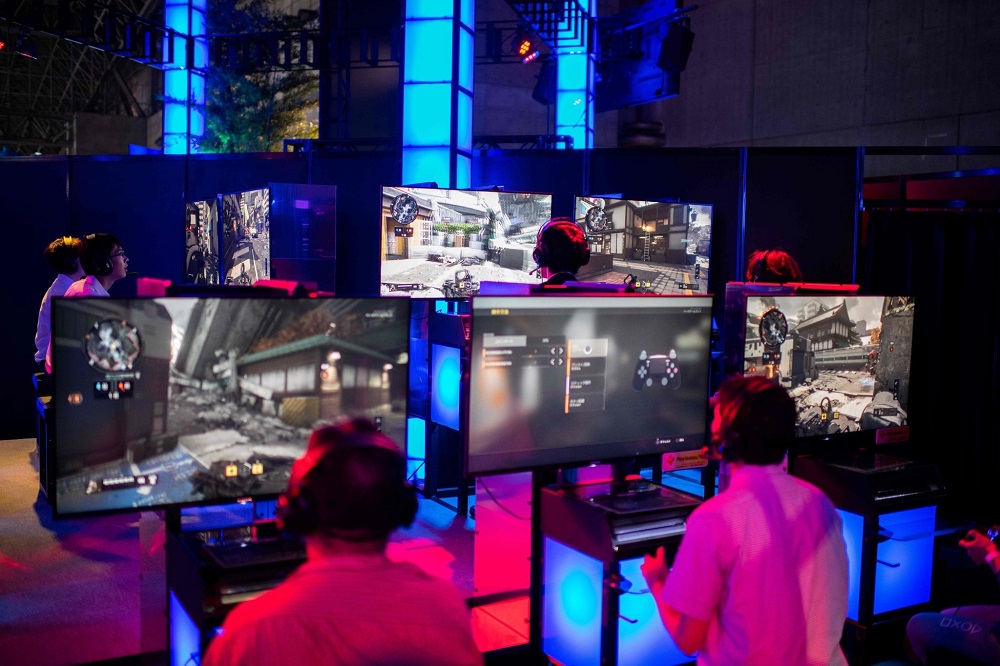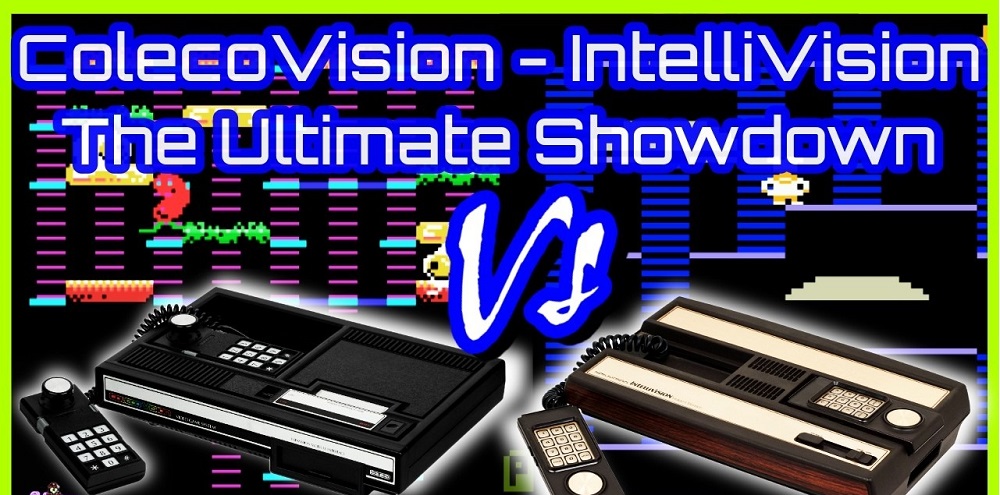By the 1980s, Japan had become the global hub of video games. From the arcades of Tokyo’s Akihabara to living rooms around the world, Japanese companies like Nintendo, Sega, and Sony redefined what games could be. The 80s and 90s weren’t just decades of growth — they were decades of cultural dominance.
This period saw Japan export not only consoles and software but also design philosophies, storytelling traditions, and cultural aesthetics that shaped gaming worldwide. At Oldies Nest, we’ll explore how Japanese gaming culture in the 80s and 90s influenced the industry forever.
The Rise of Nintendo: From Kyoto to the World
Nintendo was the undisputed leader of the 80s.

- Famicom/NES: The 1983 launch of the Famicom in Japan (later NES abroad) revived a collapsing industry.
- Iconic Characters: Mario, Link, and Samus became cultural icons.
- Philosophy: Nintendo emphasized accessibility, family-friendly content, and polished design.
The NES library showed the world that Japanese developers could deliver both mass appeal and artistic depth.
Sega and the Arcade DNA

While Nintendo dominated the living room, Sega thrived in the arcades before bringing its style home.
- Arcade Roots: Fast-paced, coin-operated experiences influenced titles like OutRun and After Burner.
- Genesis/Mega Drive: Brought that same energy to home systems, igniting the famous Sega Genesis vs. SNES battle.
- Edgy Marketing: Sega embraced a cool, rebellious image compared to Nintendo’s family focus.
This arcade-to-home DNA became part of global gaming culture, especially in the 90s.
The Role of Japanese Arcades
Arcades in Japan were more than gaming spaces — they were cultural hubs.
- Community: Spaces where teens and young adults gathered.
- Innovation: Introduced joystick controls, light guns, and rhythm games.
- Global Impact: Titles like Space Harrier and Street Fighter II spread Japanese arcade design worldwide.
These experiences set the tone for competitive gaming and multiplayer culture that persists today.
Storytelling Evolves: From Simple to Epic
Japanese developers redefined narrative in games.
- RPG Revolution: Dragon Quest (1986) and Final Fantasy (1987) introduced sprawling adventures.
- Complex Themes: Explored identity, morality, and destiny, appealing to older audiences.
- Localization Challenges: Games often carried Japanese cultural references, which fascinated international players.
Titles like Chrono Trigger and Final Fantasy VI, available on the SNES: A Timeless Classic, proved that games could rival books and films in storytelling.
Japanese Aesthetics: Pixel Art and Music
The visual and audio identity of retro gaming owes much to Japan.
- Pixel Art: Inspired by anime and manga styles, it created iconic characters that remain recognizable today.
- Chiptune Music: Catchy 8-bit and 16-bit soundtracks gave games unforgettable identities.
- Design Philosophy: Focused on clarity and charm rather than realism.
This distinct Japanese aesthetic became synonymous with gaming itself.
Sony’s PlayStation and the Shift to 3D
By the mid-90s, Japan introduced a new powerhouse: Sony’s PlayStation.
- Third-Party Haven: Attracted Square, Capcom, and Namco with CD-ROM advantages.
- Genre Expansion: Survival horror (Resident Evil), JRPGs (Final Fantasy VII), and fighters (Tekken).
- Cultural Export: PlayStation marketed Japanese games as cool, edgy, and cinematic.
It marked the moment Japan not only shaped but fully controlled global gaming culture.
Japan’s Influence on Multiplayer and Social Play
Japan fostered both competitive and cooperative play.

- Arcade Fighters: Street Fighter II birthed the fighting game community.
- Couch Co-Op: Consoles carried over multiplayer fun.
- LAN and Online Precursors: Sega’s Dreamcast introduced online play, continuing Japan’s innovation streak.
Collector’s Perspective in 2025
Japanese gaming culture from the 80s and 90s drives today’s retro collecting scene.
- High-Value Items: Famicom carts, Japanese-only RPGs, limited edition Sega Saturn games.
- Cultural Exclusivity: Many titles never left Japan, fueling demand abroad.
- Nostalgia Factor: Collectors seek not just games, but Japanese magazines, peripherals, and art.
This passion overlaps with the broader world of retro game collecting.
Why the Influence Lasts
Japanese gaming culture endures because it:
- Blended arcade thrill with console accessibility.
- Introduced storytelling depth into interactive media.
- Created characters and aesthetics that became global icons.
- Pioneered both hardware and software innovations.
Even in 2025, Japanese design philosophies continue to inspire indie developers and major studios worldwide.
Conclusion: Japan’s Enduring Legacy
The 80s and 90s were decades when Japan set the rules of gaming. From Nintendo’s family-friendly approach to Sega’s arcade rebellion and Sony’s cinematic flair, Japanese gaming culture shaped how the world plays, collects, and remembers games.
For retro enthusiasts, understanding this influence is key to appreciating why so many consoles, genres, and styles still feel distinctly Japanese.
The heart of retro gaming beats in Japan — and always will.




